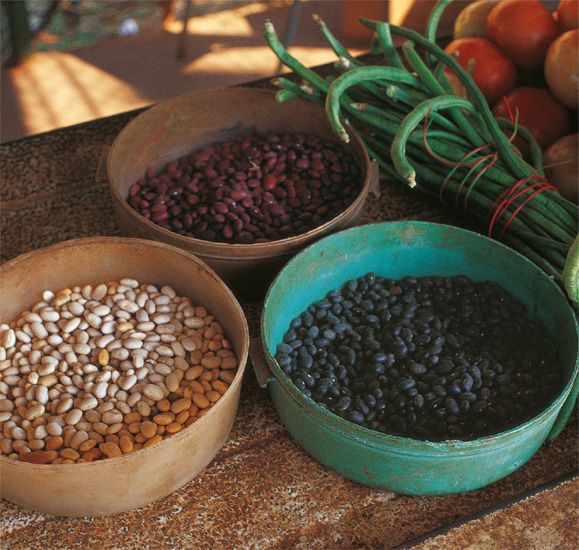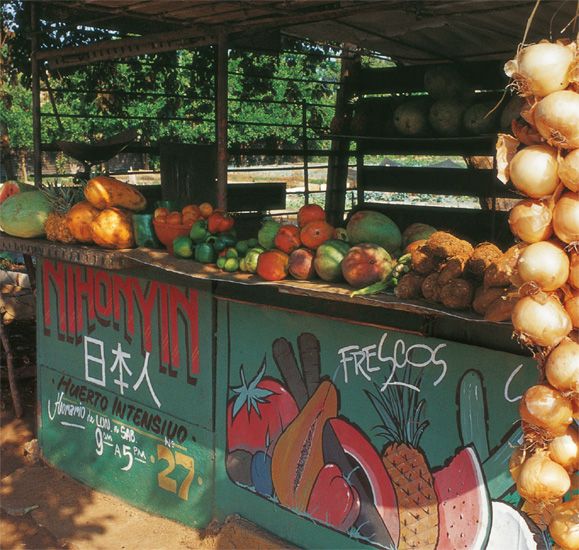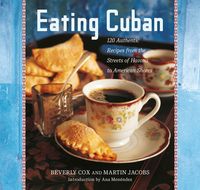Advertisement
Clásicos Criollas
Creole Classics
By Beverly Cox and Martin Jacobs
Published 2006



Since the late 1400s, the foods and flavors of Cuba’s original Ciboney and Taino inhabitants have simmered along with those of Spanish conquistadors, African slaves, Chinese coolies from the gold fields of California, native Yucatecans, French and African settlers from Haiti, the Dominican Republic, and Jamaica, immigrants from mainland China, and assorted Europeans to produce the international fricasé that became Cuban creole cuisine. After the Spanish-American war in 1898, food traditions from the United States also added their spice to the pot. Though all of these cultures have contributed, the strongest single culinary influence in Cuba is Spain. Unlike the cooking of other Caribbean islands, most Cuban cooking, though well seasoned, is far from fiery. Hot chiles are not popular; in fact, traditional Cuban cooks seldom reach for the pepper grinder. As in Spain, garlic, onion, olive oil, oregano, cumin, and salt are widely used in savory dishes, and cinnamon, nutmeg, vanilla, and citrus zest are prominent in desserts. However, the addition of cilantro, culantro, bitter orange juice, and lime juice in marinades and the inclusion of Caribbean and African vegetables such as yuca, boniato, and okra give Cuban dishes their own distinctive identity.

